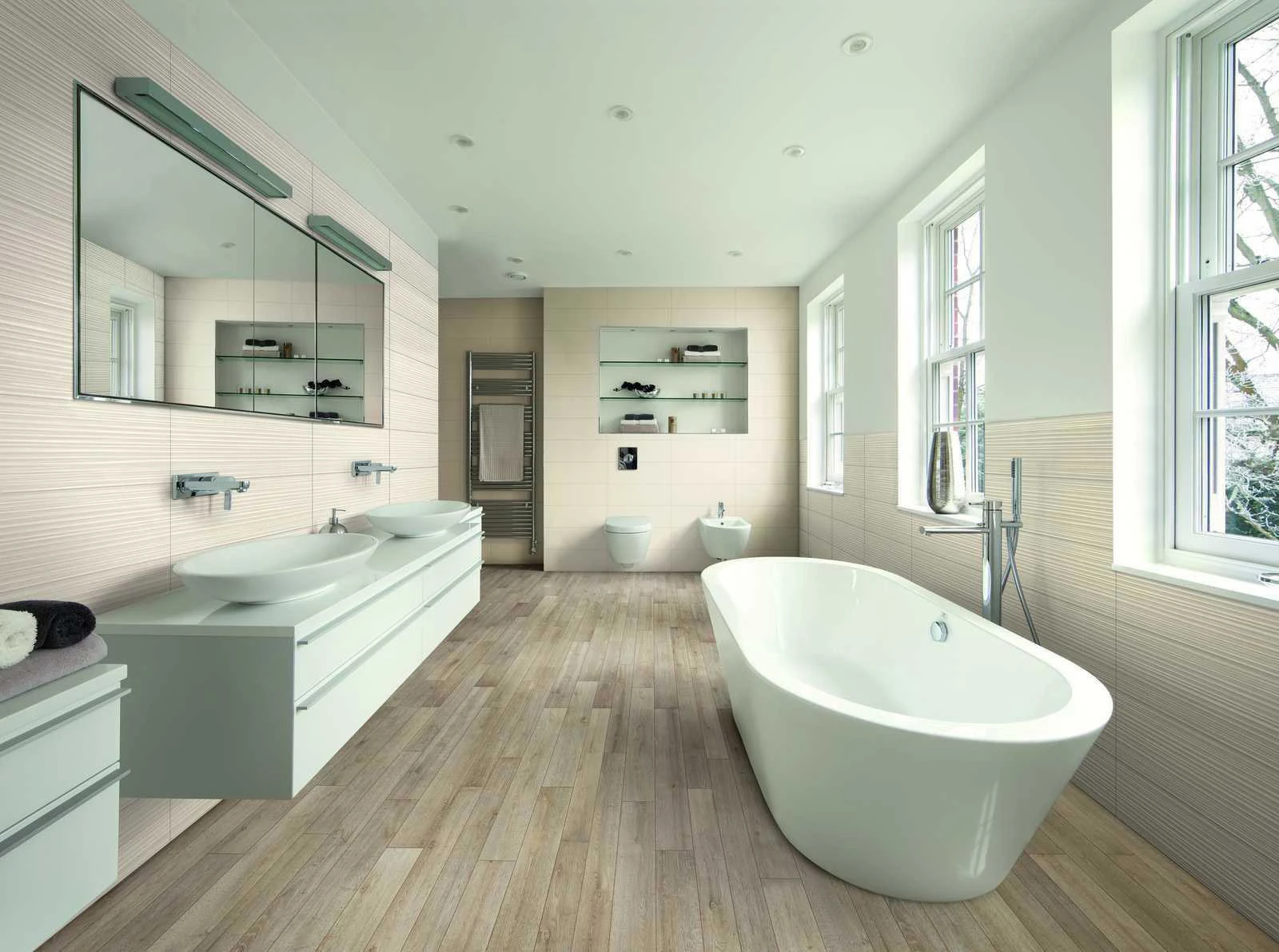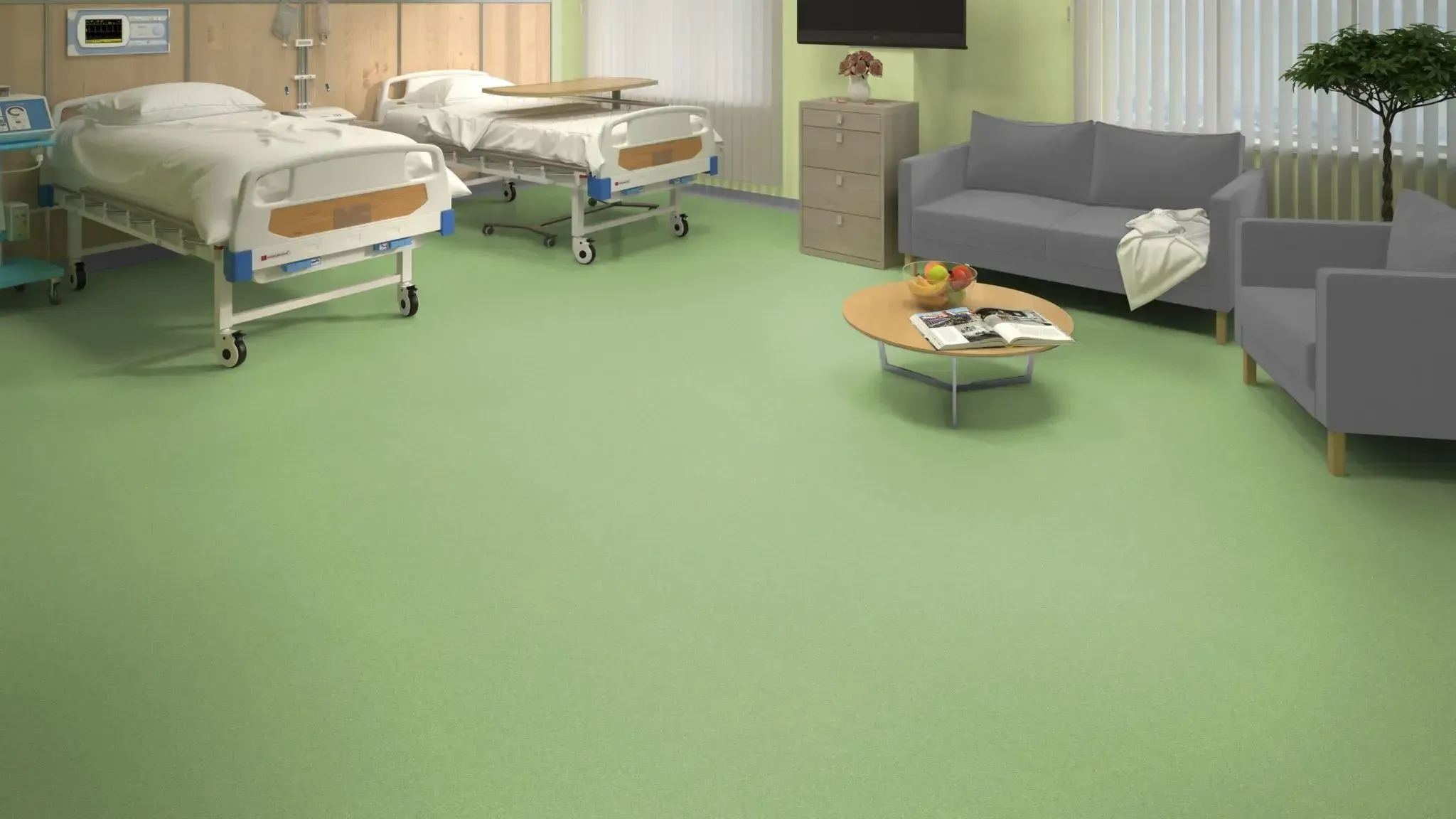Home SPC Flooring
កុម្ភៈ . 18, 2025 02:47
Back to list
Home SPC Flooring
When exploring the flooring market, SPC hybrid flooring emerges as a popular choice due to its durability, aesthetic versatility, and affordability. However, understanding the nuances of SPC hybrid flooring pricing can be complex due to several influencing factors. This guide demystifies pricing elements to provide a comprehensive understanding for potential buyers or renovators wanting to make informed decisions.
Geographical location also impacts pricing. Buyers in urban regions might experience higher rates due to increased demand and operational costs, whereas rural areas could offer more competitive pricing due to lower market demand. Additionally, local economic conditions can affect material prices and labor costs, influencing the total expenditure required. Furthermore, the thickness and added features of the flooring planks play a crucial part in determining price. Thicker planks with an enhanced wear layer increase durability and are often more expensive but represent a worthwhile investment for areas with heavy foot traffic. Furthermore, SPC hybrid floors with acoustic underlays or those designed for specific environmental conditions, such as higher humidity or temperature fluctuations, might come at a premium due to these additional benefits. Trust in a particular brand can also sway pricing, as reputed manufacturers often command higher prices due to perceived quality assurance and established reliability. Opting for recognized brands might denote paying a premium but ensures a level of quality control and post-purchase support that off-brand options may not provide. In conclusion, SPC hybrid flooring’s price hinges on material quality, installation complexity, geographical factors, and brand reputation. Potential buyers should weigh these elements against their specific requirements, budget constraints, and long-term usage scenarios. Evaluating not just the upfront cost but the overall value and performance can lead to an informed purchase that enhances both the functionality and aesthetics of a space. Investing in quality flooring at the outset can minimize replacement frequency, thereby being cost-effective in the long run. By understanding these factors, consumers can navigate the flooring market confidently, ensuring their choice not only fits their budget but also meets their expectations in terms of performance and style.


Geographical location also impacts pricing. Buyers in urban regions might experience higher rates due to increased demand and operational costs, whereas rural areas could offer more competitive pricing due to lower market demand. Additionally, local economic conditions can affect material prices and labor costs, influencing the total expenditure required. Furthermore, the thickness and added features of the flooring planks play a crucial part in determining price. Thicker planks with an enhanced wear layer increase durability and are often more expensive but represent a worthwhile investment for areas with heavy foot traffic. Furthermore, SPC hybrid floors with acoustic underlays or those designed for specific environmental conditions, such as higher humidity or temperature fluctuations, might come at a premium due to these additional benefits. Trust in a particular brand can also sway pricing, as reputed manufacturers often command higher prices due to perceived quality assurance and established reliability. Opting for recognized brands might denote paying a premium but ensures a level of quality control and post-purchase support that off-brand options may not provide. In conclusion, SPC hybrid flooring’s price hinges on material quality, installation complexity, geographical factors, and brand reputation. Potential buyers should weigh these elements against their specific requirements, budget constraints, and long-term usage scenarios. Evaluating not just the upfront cost but the overall value and performance can lead to an informed purchase that enhances both the functionality and aesthetics of a space. Investing in quality flooring at the outset can minimize replacement frequency, thereby being cost-effective in the long run. By understanding these factors, consumers can navigate the flooring market confidently, ensuring their choice not only fits their budget but also meets their expectations in terms of performance and style.
Next:
Latest news
-
modern-interior-solutions-with-durable-pvc-material-skirtingAug.22,2025
-
elevating-outdoor-spaces-with-premium-wood-material-skirtingAug.22,2025
-
Waterproof Advantages of SPC Flooring Vinyl in KitchensAug.06,2025
-
SPC Hybrid Waterproof Flooring Thickness GuideAug.06,2025
-
Leveling Subfloor Before My Floor SPC InstallAug.06,2025
-
How Mesh Deck Skirting Improves Outdoor Pest ControlAug.06,2025




